The pension fund for the Dutch regulator De Nederlandsche Bank (DNB) will take much more investment risk in the country’s new defined contribution (DC) system. The return ratio versus the matching portfolio, now standing at 37% to 63%, will be reversed upon the fund’s switch to a new pension arrangement.
In its investment plan, which has been acquired by IPE through the Exelerating data platform, the fund describes both the investment policy until the transition to DC, scheduled for 1 July 2026, and the investment policy in its new DC arrangement.
The DNB pension fund, with €2.4bn in assets under management and over 6,000 members, now invests 63% of its portfolio in government and corporate bonds and mortgages, and 37% in equities.
“Under the new pension contract, that will be exactly the other way around,” said Martin van der Pot, who is responsible for investments at the pension fund. Members up to 50 years of age will have 100% exposure to the return portfolio, he added. For pensioners, it will still be 40%.
The solidarity buffer, initially at 5% of the fund’s assets, should ensure protection of pension benefits. The main reason the DNB fund will take considerably more investment risk in the new system, according to Van der Pot, is that it can then start investing “in accordance with the explicit risk preferences of our participants”.
The pension fund surveyed members about this in 2022, something it had never done before. According to Van der Pot, the results of that member survey showed that they were eager to take more risk – which also offers the chance of a better pension.
“Until now, we invested quite conservatively compared to the average pension fund. Because of our high funding ratio, now around 140%, there was no need to take more risk to keep up with our indexation target,” Van der Pot explained the relatively defensive investment policy so far.
The new percentage of investments in the return portfolio at the DNB fund is about the same as that of the civil service scheme ABP.
Private debt
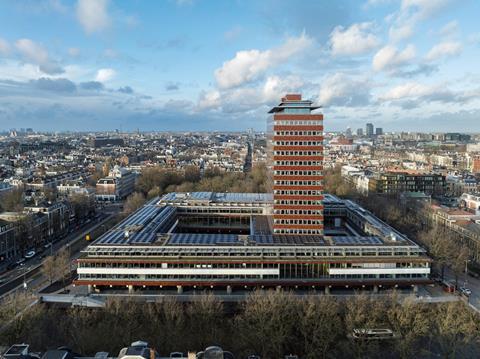
The DNB fund will invest 44% in listed equities in the new system. A 7% allocation to private real estate and a 2.4% exposure to listed real estate, as well as a 9.4% allocation to private debt will be added to this.
The fund does not currently invest in any of these asset classes, choosing private debt over, for example, listed high-yield bonds, following “a comprehensive study” by the fund’s fiduciary manager Aegon Asset Management.
“The diversification, favourable return-risk profile and opportunities for socially responsible investing and impact investing play a role,” said Van der Pot.
The DNB fund wants to, over time, allocate 5% of its assets to impact investments.
“Part of this 5% we want to fill through private debt. We see the best and most credible impact opportunities in private investments,” he added.
The pension fund is expected to invest in a number of funds from external managers, spread across corporate, real estate, and infrastructure loans.
Real estate
The new real estate portfolio will focus on investments in “residential real estate and the Netherlands”, complemented by “one or more European funds that are a bit more diversified across sectors”, according to Van der Pot.
“Finally, we are looking at whether we can also do something with impact within this category, for example affordable rental housing or healthcare real estate,” he added.
The exact details will be decided later this quarter. In addition, the fund is opting for a small allocation of listed real estate which “helps to adjust the strategic allocation”.
Government bond sale
Pensioenfonds DNB will finance the expansion of its return portfolio by selling most of its currently large portfolio of Dutch and German government bonds, which will be reduced to an allocation of just 8.9%.
“We choose the minimum size of cash and government bonds because they are mainly meant for risk management and have a relatively low return,” Van der Pot explained. In contrast, investments in mortgages and corporate bonds (11% each) will be slightly increased compared with the current situation.
Lower interest rate hedge
The fund also no longer needs a large allocation to government bonds to hedge interest rate risk in the new system. This hedge will be almost halved from 75% to 40%. The interest rate hedge of pensioners will be set at 80% from retirement date, and that of members up to age 50 at 10%.
By comparison, the occupational pension fund for shipping pilots, one of the three ‘early birds’ that moved to DC already on 1 January this year, has left the interest rate risk for the latter age group completely unhedged, while pensioners get a full 100% hedge.
Ideally, the DNB fund would like to adjust the hedging percentage as soon as possible before or after the transition.
Van der Pot said: “Reductions well before the transition mean greater risk to the funding ratio. A reduction afterwards means we temporarily have too much interest rate hedging after inflation. That risk then goes to the participants.”
Moreover, the new pension law does not officially provide any scope to adjust investments after the DC transition.
Swaps
However, the DNB fund does want to reduce its position in long-duration interest rate swaps, a component of its interest rate hedging policy, as much as possible well before the transition “because many pension funds want to do similar transactions and there are few natural counterparties in the long end of the curve”, Van der Pot explained.
The pension fund is now investigating how it can do this, while at the same time maintaining its interest rate hedge. Pension fund DNB had a funding ratio of over 136% at the end of December, and a desired minimum funding ratio of 112% at its transition date of 1 July 2026.
“Bund futures, which are listed contracts on German government bonds, are one of the options under consideration, alongside swaptions and a different design of swaps. We will decide on that this month,” Van der Pot said.
The latest digital edition of IPE’s magazine is now available


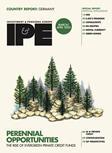



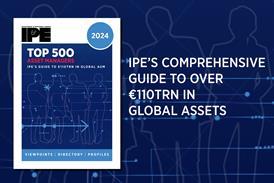

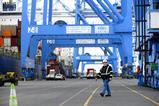






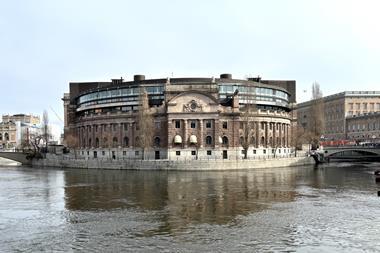


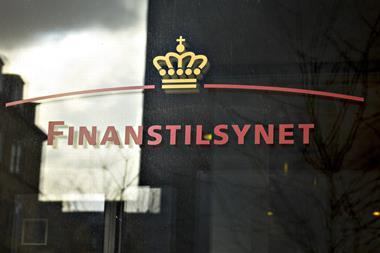


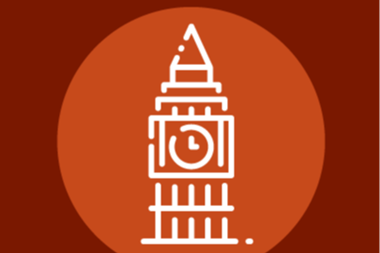




















No comments yet